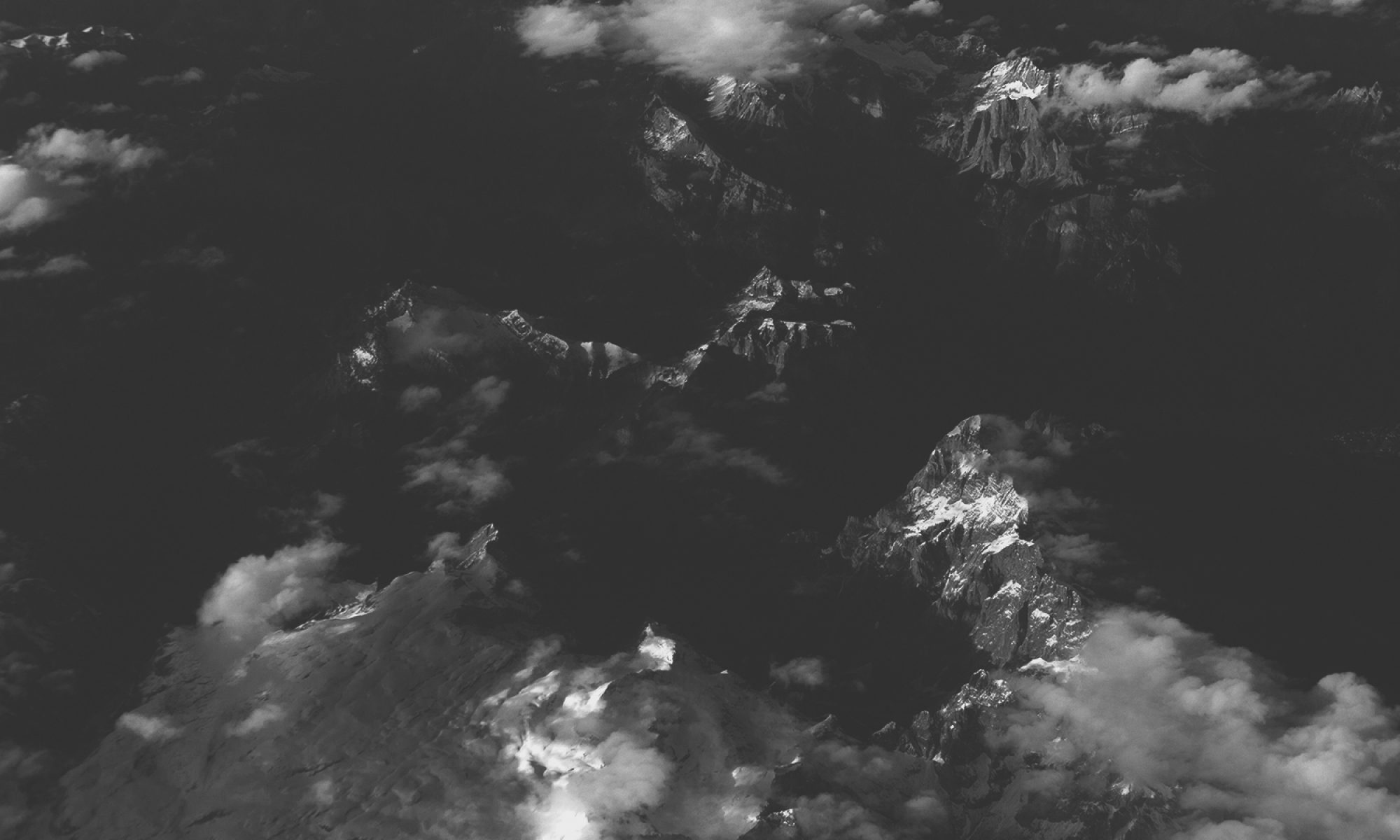In our next session with George we moved on to more advanced pinhole building and calculating. A conventional camera uses an on-board light meter to calculate the amount of light coming the through the lens or an external one, like the Seconic L-308S.
The calculations of an exposure metering device like the one above are depended on several factors which are defined by the user. The three key inputs are the ISO (sensitivity scale of the film or sensor to light), the shutter speed and of course the aperture. The specific light meter is not configurable in such way, but gives some of the information automatically. Before getting any reading, the first thing you have to set up on the light meter is the ISO number. It needs to match to the film’s ISO or the sensor’s. The next step is to point it at either the direction of your subject to get the amount of light falling on it, or approach your subject and take a metering from as close to it and facing the light meter’s sensor towards your camera lens to get the amount of light falling on the camera.
The aperture is a mechanical device located inside the lens, which can adjust in size and therefore make the diameter of the lens smaller or bigger. So that means less or more light through the lens. Below you will find an elaborative video for all the technical background of the aperture.
The pinhole cameras have a fixed aperture and in order to find its value you need the focal length and the diameter of the aperture. There is a formula that gives you the aperture ![]()
where ø the diameter and focal length is the distance from the hole to the film or paper. We calculated these values and converted them in millimetres. In this way I had my values ready to input them in the light meter and get the amount of time I needed to expose the paper. With some contribution from other photography students Pete Lord, Alex Edwards and George I found out that the paper I was using had an ISO of about 3 – 8. ISO 3 for indoors because of the day-lights we have in the building and about 6 – 8 outdoors where you can get the full spectrum of the visible light.
Other very useful tips on building such cameras are to paint black the entire box from the inside in order to keep light reflecting from the inner walls to the photo-sensitive material. We also talked about DIY film pinhole and converting a digital SLR camera into pinhole. The digital pinhole gives you more possibilities, one of them being video!
Thanks to George and his extensive knowledge on pinhole cameras we got some pretty good sources of information on pinhole photography.
Sources and information:
- Justin Quinnell makes a super simple one super quick:
http://www.youtube.com/watch?v=8EBebehUgPE- Loads of links to all things pinhole from Worldwide Pinhole
Photography Day (April 29):
http://www.pinholeday.org/support/- A good explanation of making pinhole cameras here:
http://www.youtube.com/watch?v=qmT14bJtmS0- How to make your own changing bag
- http://www.mrpinhole.com

One Reply to “”